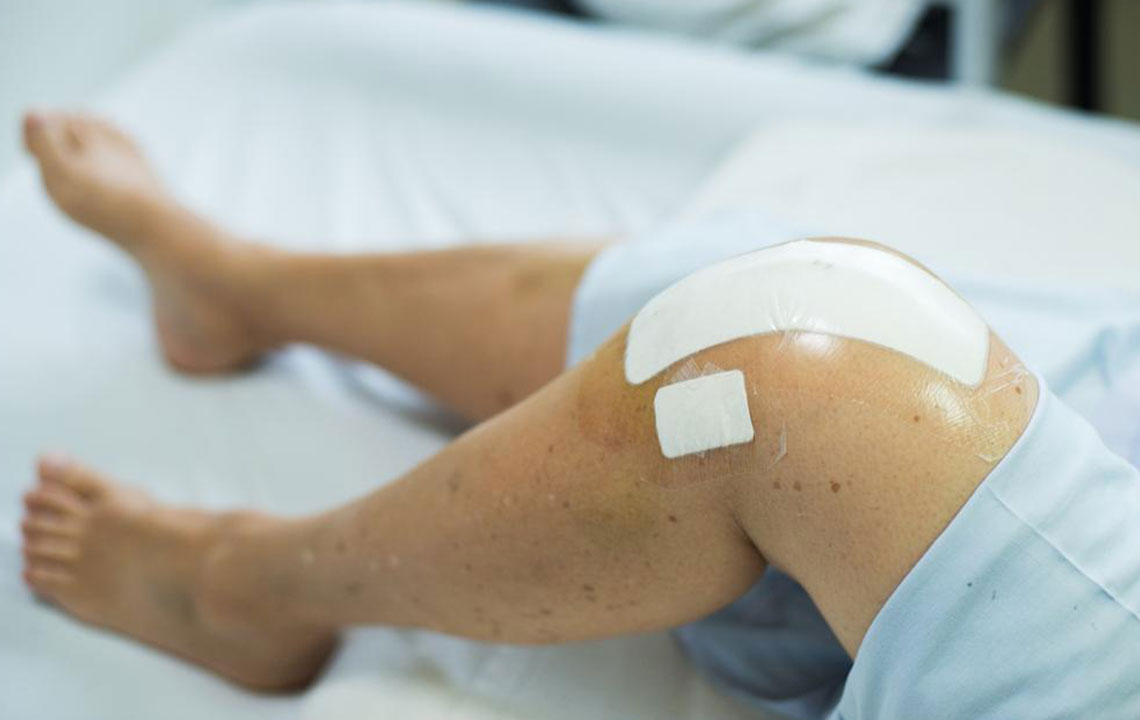Understanding Hip Replacement Surgery: Types, Preparation, and Alternatives
Discover comprehensive insights into hip replacement surgery, including different procedures, pre-surgical preparations, recovery timelines, rehabilitative exercises, and viable alternative treatments. Learn how to prepare for surgery and explore options for managing hip joint conditions effectively with expert guidance.

Understanding Hip Replacement Surgery: Types, Preparation, and Alternatives
Damage to the hip joint caused by conditions like osteoarthritis or injuries can result in intense pain, limited mobility, and difficulty walking or climbing stairs. Surgeons may recommend hip replacement surgery to remove damaged parts of the pelvis and thigh bone, replacing them with artificial components. This operation is often advised when other treatments have failed to alleviate persistent hip pain and stiffness.
Types of Hip Replacement Procedures
Total Hip Replacement: Also called arthroplasty, this is the most prevalent form. Surgeons replace the damaged socket with a plastic cup and swap the femoral head with a metal or ceramic ball, attaching it to a stem inserted into the thigh bone.
Partial Hip Replacement: Known as hemiarthroplasty, this procedure targets only one side of the hip joint.
Hip Resurfacing: Instead of removing the femoral head, this method caps it after trimming, conserving more of the natural bone.
Preparing for Surgery
Patients should learn about the surgical process, recovery expectations, implant materials, risks, and post-op care. Planning for assistance at home, rearranging furniture to avoid bending restrictions, and practicing walking aids like crutches or walkers beforehand can facilitate smoother recovery. Key preparation steps include:
Choosing suitable implant materials
Consulting a physical therapist for pre-surgery exercises
Enhancing overall health through exercise and upper body strengthening
Practicing using mobility aids before surgery
Seeking support from friends and family during and after hospitalization
Hospital Stay and Recovery
Typically, hospitalization lasts 3-5 days. Post-surgery, pain management and physical therapy kickstart rehabilitation within 24 hours. Early mobility is encouraged, with follow-up visits scheduled based on individual health and the type of surgery. Full recovery generally takes 3 to 6 months, with noticeable improvement within the first year. Strict adherence to medical advice is vital to avoid complications like dislocation, implant issues, or nerve damage.
Effective Post-Operative Exercises
Incorporating approved physical therapy exercises is essential for optimal recovery. Recommended exercises include ankle pumps, quad sets, gluteal exercises, heel slides, and standing knee flexion. Always consult your physical therapist before initiating any activity post-surgery.
Alternative Treatments
For patients hesitant about total hip replacement due to risks like blood clots, leg length discrepancy, or implant loosening, several less invasive options are available. These include physical therapy, mobility aids, medications, joint supplements, and specialized procedures such as:
Resection arthroplasty for severe mobility issues
Hip osteotomy for realignment of bones
Regenerative therapies aimed at repairing joint tissues
Stem cell therapy utilizing the body's own cells to reduce inflammation and foster repair










